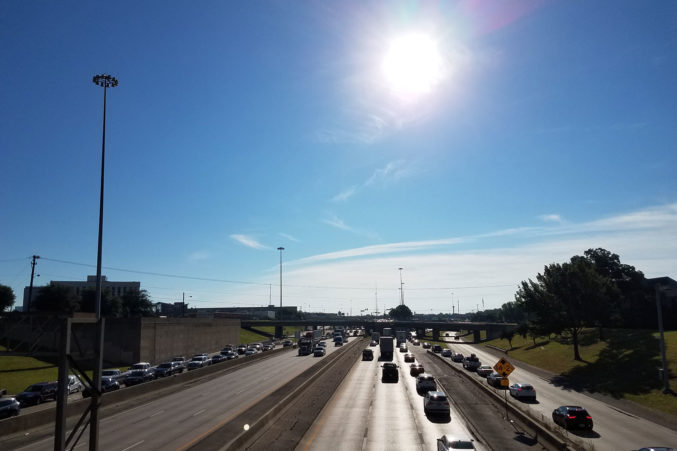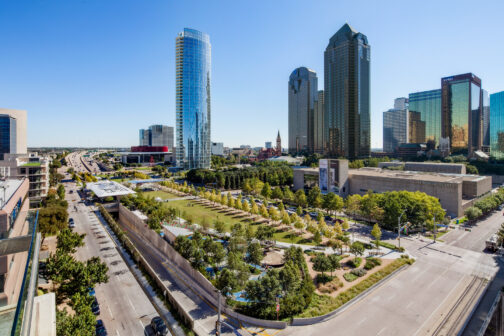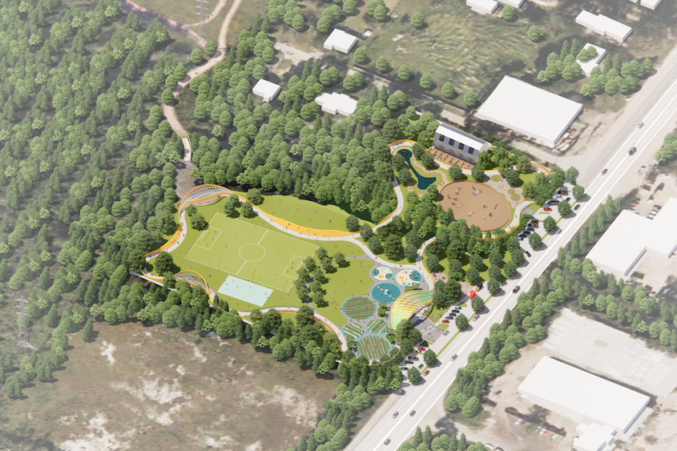Editor’s Note: Over the next few weeks, D will publish a series of stories looking forward to policy, programs, and projects we’ll be watching in 2022. Next up is housing. Find the others here over the holiday.
Even before the COVID-19 pandemic, we knew Dallas had an affordable housing problem.
In 2018, the city adopted its latest housing plan, which estimated that Dallas had a shortage of around 20,000 affordable units. But when COVID hit, and the lockdowns and economic slowdown prompted a full-on eviction crisis, it became starkly clear just how many of our neighbors struggle to stay in their homes. To respond to this crisis, one of the first actions Councilman Casey Thomas took after being appointed chair of the Housing and Homeless Solutions Committee was to commission a report on the 2018 housing plan.
That report was released in December. What is shocking about its findings is not the ways in which it detailed the racial and economic divides that persist in Dallas; rather, it is its scathing critique of the city’s existing housing plan from 2018.
In January, Thomas plans to begin to begin holding community meetings to solicit feedback on the report in order to draft policy recommendations he hopes to bring to the council in April. Over the coming weeks and months, there will be public meetings, council briefings, and plenty of opportunity for elected officials to opine about all the ways the legacy of segregation still weighs on this city. The question, however, is whether Dallas will finally do something about it.
That’s a tougher question than it appears on the surface. Providing affordable housing is a challenge in any economy, and Dallas is in the midst one of the biggest—and strangest—real estate booms in history. And affordable housing success doesn’t simply mean building more units. One of the reasons the stain of segregation remains on Dallas is because its historic approach to affordable housing concentrated low-income housing in Black and Brown neighborhoods, perpetuating cycles of poverty and racial segregation. Can another scolding report fix that? Let’s dig into the details to see.
The report states cold, hard facts that are too often glossed over by local officials. The report points out that skin color and ZIP code still predict the chance of someone living in safe, quality affordable housing. The report challenges the city to not simply create a housing plan that can address this, but to also take specific measures to acknowledge this historical disparity and make confronting it part of the way it addresses housing.
“Will they acknowledge,” the report asks of Dallas civic leadership, “that a 150-year-old legacy of race-based policy choices has saddled Southern Dallas with an enormous deficit in the basic infrastructure upon which the development of mixed-income neighborhoods depends?”
The question rests on a core critique of the city’s 2018 housing policy. While that document points “in the general direction” of achieving equity, it doesn’t specifically confront it. The report suggests that this omission plays a role in the plan’s inability to set key, specific guidelines and benchmarks to improve housing. To remedy this, the city must do more than tweak that 2018 plan. It must create a new policy roadmap that contains specific tools for holding both council and staff accountable for its implementation.
Some of the most intriguing aspects of the new report are the strategies it suggests for creating that accountability. More than simply stating things that need to get done, the report suggests new ways of tying the hands of elected officials and staff so they have no option but to work toward expanding access to affordable housing.
One of the examples it points to is a homeless shelter program in Washington D.C. Since NIMBY politics often lead to services like shelters being concentrated in parts of town that don’t have the political power to oppose them, D.C. required that sites and funding be identified in each of its eight wards before a single shelter was constructed. Once the locations were found and the money was in place, all eight shelters were constructed at once.
In other words, D.C. was not going to get one shelter unless it committed to all eight shelters in every district in the city.
Another similar idea comes from Portland, where an affordable housing scheme was tied to specific infrastructure investments, like the expansion of that city’s light rail. If Portland wanted an expanded light rail system, it was forced to create affordable housing units alongside that project. These are the kinds of policy ideas that pose real promise in finally addressing some of the largest obstructions to expanding affordable housing, like blind neighborhood opposition. They are also the policies that will likely come under the most scrutiny as this proposal moves through the public process.
But before the council gets down to drafting specific new housing policies, the report suggests the city come to terms with the real legacy of segregation and racism and its impacts on Dallas’ growth and development. It suggests drafting a vision statement for the housing plan that lays out specific, city-wide strategic goals for achieving racial equity. It calls for mandatory racial equity education for city staff and elected officials. Future housing plans should also create ways to expand community partnerships and participation.
But if there is one way to sum up the 40-page report’s suggestions it is this: create real, tangible goals and tools to hold staff accountable for reaching them. Ideas include creating dedicated sources of funding for affordable housing—such as an affordable housing bond election—and investing in improving infrastructure in the south.
Shamefully, the report finds that 25 acres of southern Dallas still are not connected to the city’s sewer systems and homes there use septic systems.
The report is filled with other great ideas. Why not copy Austin, which set a 10-year goal of adding 60,000 affordable units and then developed specific strategies for getting there? Why does the city not have tolls that can mitigate the impact of rising property taxes on low-income residents living in neighborhoods targeted for reinvestment?
Why is there little inter-departmental coordination around affordable housing planning, such as bringing the offices of Equity, Environmental Quality, and Economic Development together to work on strategies? Why doesn’t the city get out in front of new development and make better use of land use tools and subsidies to create mixed-income neighborhoods?
All these questions point to the big elephant in the room. Dallas has many plans for combating the affordable housing shortage, but these plans have historically not met their goals. That’s because politics and bureaucracy inevitably wear down the process. In 2022, Dallas has the chance to change that. It has a document that states the facts boldly and a council member in Casey Thomas who appears motivated to use that document to whip his fellow elected officials in line.
Will it work? We will have to wait and see.
Get the D Brief Newsletter
Author






